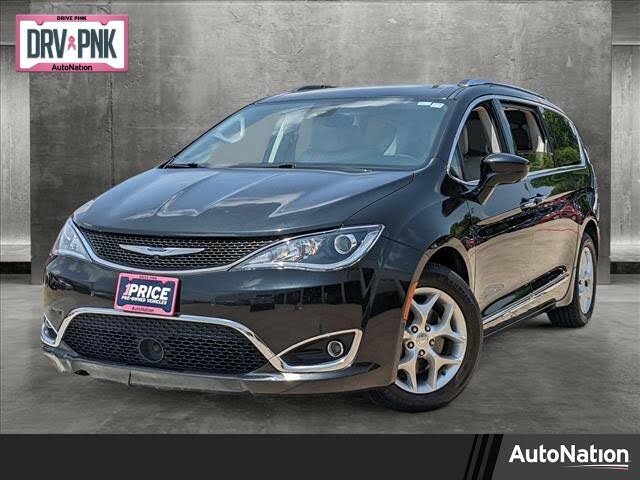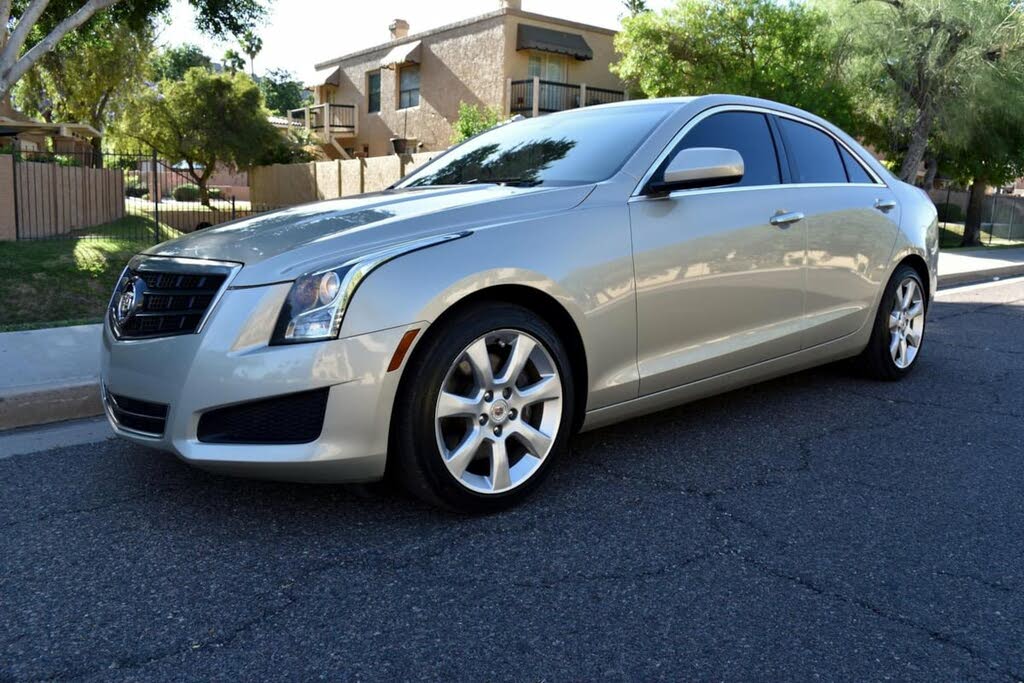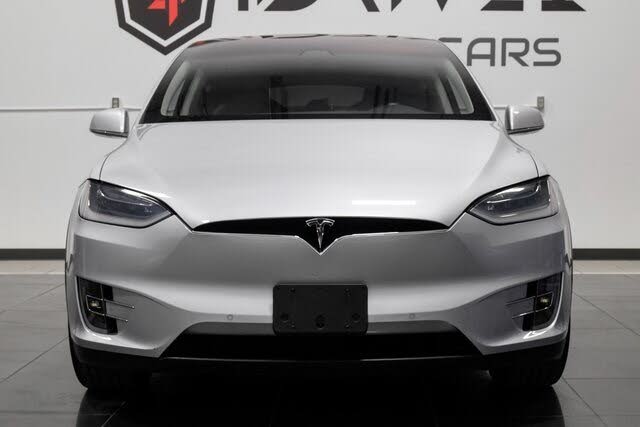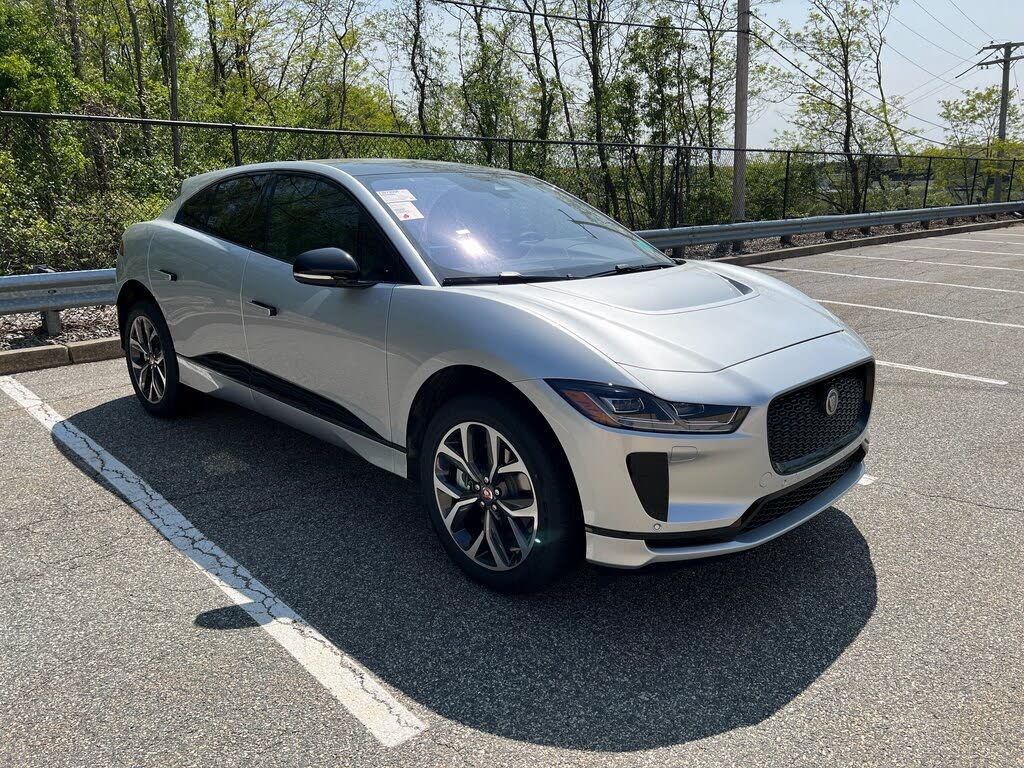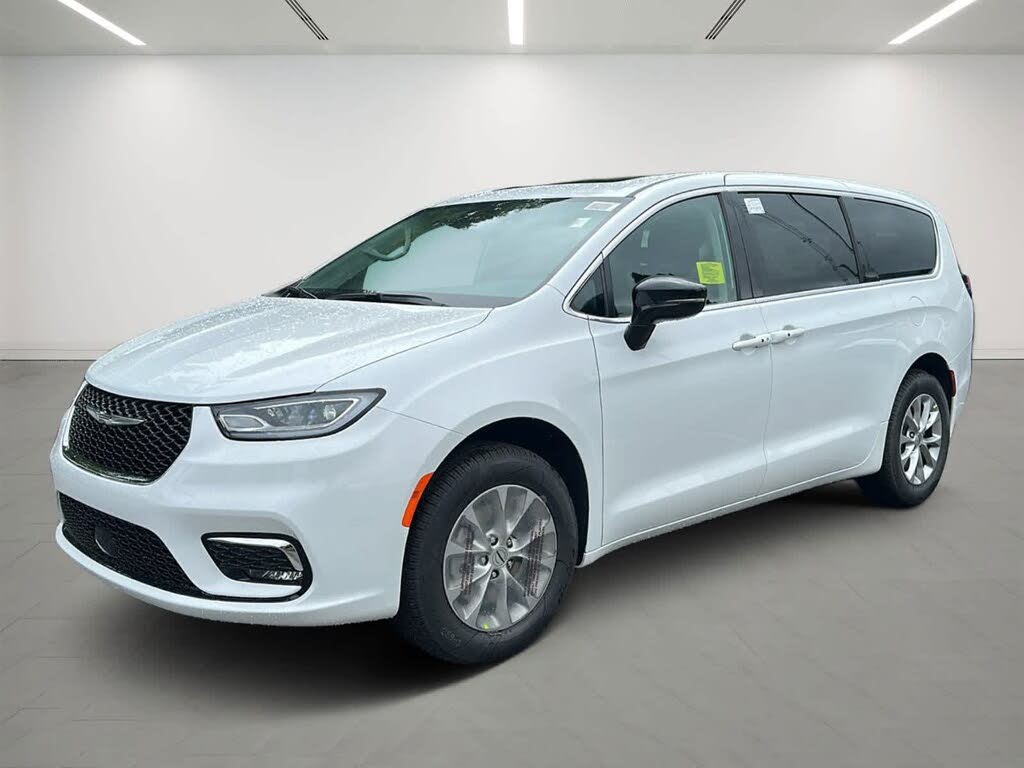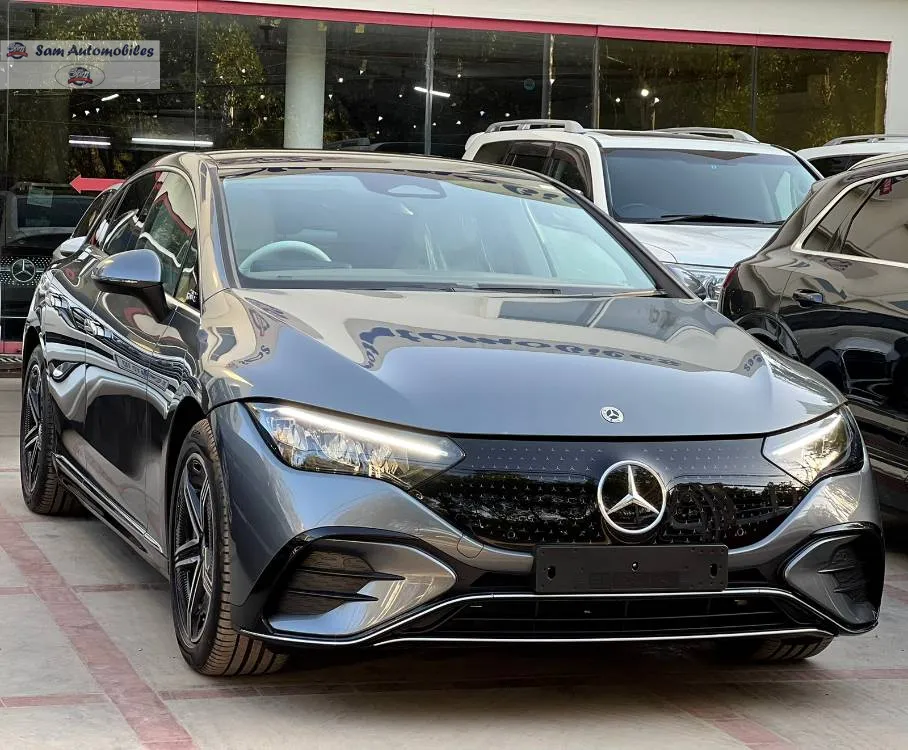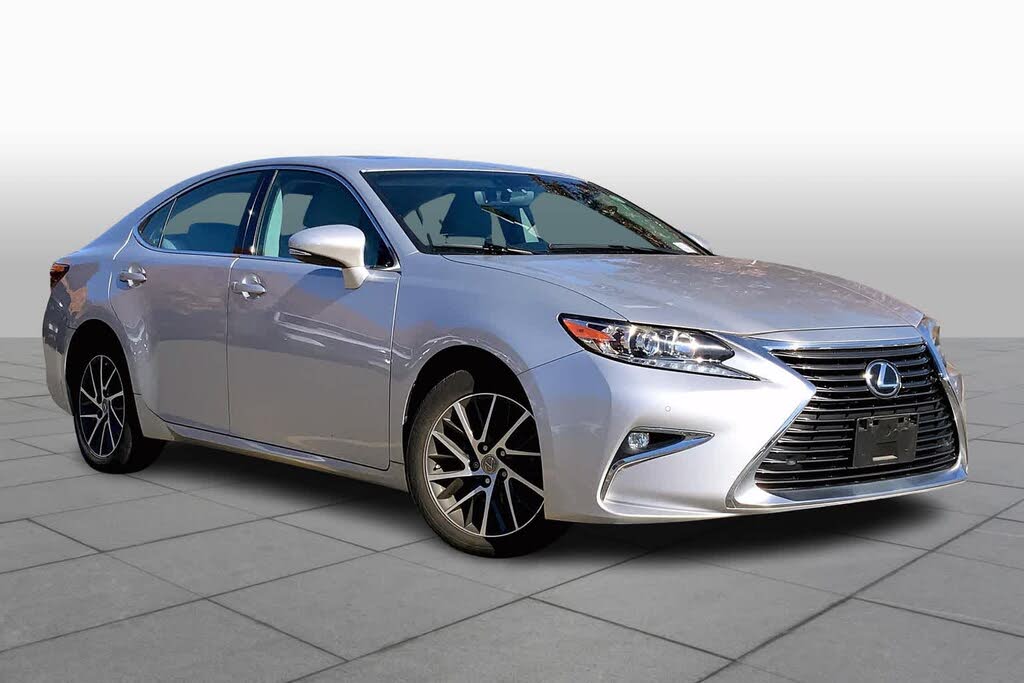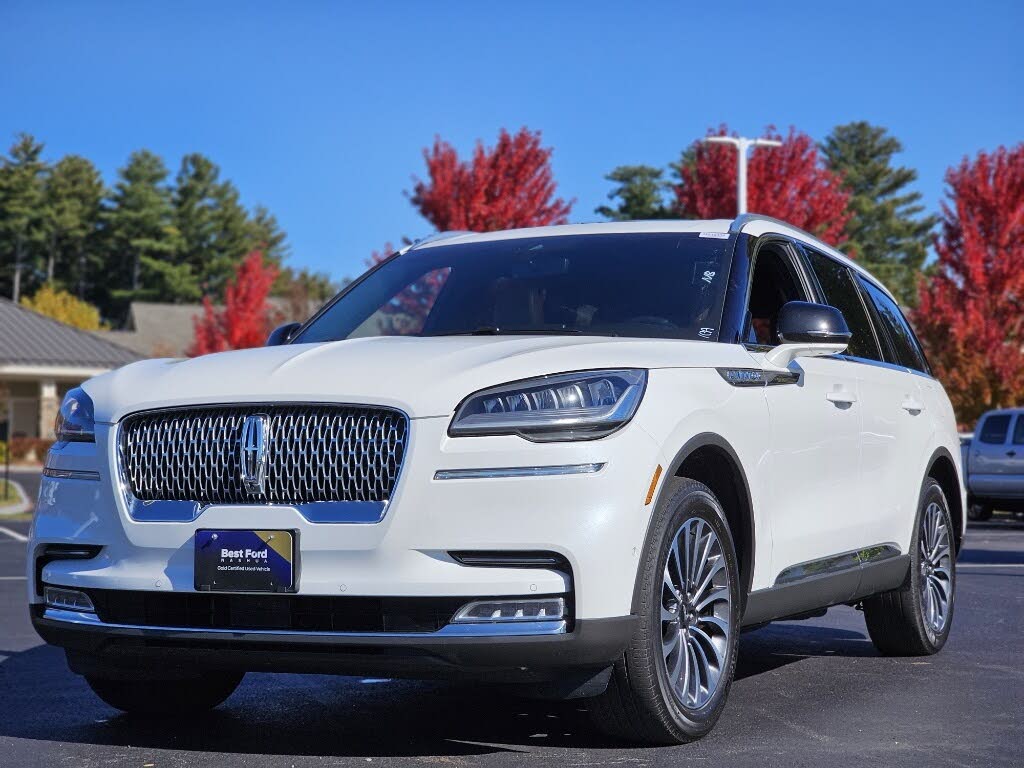Home > News & Blogs > Electric vs. Gas Cars: Why Is EV Insurance More Expensive?
Electric vs. Gas Cars: Why Is EV Insurance More Expensive?
The Real Cost of EV Insurance: Why You Pay More and How to Save
Key Stat: Electric vehicle owners pay 44% higher insurance premiums on average ($357/month) compared to gas-powered car owners ($248/month).
As electric vehicles transition from niche products to mainstream transportation, insurance costs remain a significant financial hurdle. While EVs offer lower fuel costs and environmental benefits, their insurance premiums present a counterintuitive expense that many buyers don't anticipate.
Understanding the EV Insurance Premium Gap
The insurance cost disparity stems from fundamental differences in vehicle design, repair requirements, and market dynamics. Unlike conventional cars with over a century of established repair infrastructure, EVs represent a new paradigm with unique challenges for insurers and repair shops alike.
Primary Factors Driving Higher EV Insurance Rates
- Battery replacement costs: Ranging from $6,500 to $20,000
- Specialized repair requirements: 35% fewer qualified technicians
- Longer repair times: Average 15.6 days vs. 12.7 for gas vehicles
- Higher claim frequency: 17% more claims than conventional vehicles
Breaking Down the Cost Components
1. The Battery Factor: EV's Most Expensive Component
An EV's battery pack isn't just a power source—it's a structural element that's expensive to access and replace. Unlike gas engines where components can often be repaired individually, damaged battery modules frequently require complete replacement due to safety concerns.
Real-world example: A minor collision that would cost $2,000 to repair on a gas vehicle might total an EV if battery damage is suspected, as the repair could exceed the car's depreciated value.
--TOP ADVERTISEMENT HERE--
2. Specialized Repair Networks Create Bottlenecks
EV manufacturers maintain tight control over repair procedures and parts availability. This creates two challenges:
- Fewer shops can perform repairs (only 22% of body shops are EV-certified)
- Longer wait times for approved parts (particularly for Tesla models)
3. Higher Vehicle Values Mean Larger Claims
The average new EV sells for $65,808—34% higher than the overall new vehicle average. This premium translates directly to insurance costs:
- Higher comprehensive/collision coverage costs
- Increased likelihood of totaling after accidents
- More expensive parts replacement
How EV Models Compare for Insurance Costs
Not all electric vehicles carry equal insurance burdens. Our analysis of industry data reveals:
| Vehicle Type | Average Premium | Claim Frequency |
|---|---|---|
| Luxury EVs (Tesla Model S) | $412/month | 22% above average |
| Mainstream EVs (Chevy Bolt) | $298/month | 12% above average |
| Hybrid Vehicles | $265/month | 3% above average |
| Gas-Powered Vehicles | $248/month | Baseline |
The Road to Lower EV Insurance Rates
Industry experts identify four key developments that will reduce EV insurance costs:
1. Expansion of Repair Infrastructure
As more technicians complete EV-specific certifications (up 47% year-over-year), repair capacity will increase while labor costs decrease. Independent shops are investing in:
- High-voltage system training
- Specialized diagnostic equipment
- Manufacturer certification programs
2. Battery Technology Advancements
Next-generation batteries feature:
- Modular designs allowing partial replacements
- Improved crash protection systems
- Longer warranties (now averaging 8 years/100,000 miles)
3. Improved Claims Data
Insurers initially overestimated EV risks due to limited data. As more EVs enter claims databases (over 2.5 million now insured), premiums are becoming more accurate and competitive.
--FIRST CONTENT ADVERTISEMENT HERE--
4. Theft Deterrence Benefits
EVs show a 37% lower theft rate than gas vehicles due to:
- Built-in tracking during charging
- Advanced security systems
- Limited resale markets for stolen parts
7 Strategies to Reduce Your EV Insurance Costs
Proactive buyers can mitigate premium increases through these approaches:
- Pre-purchase rate comparisons: Get quotes from at least 3 insurers before buying
- Telematics programs: Usage-based insurance can save safe drivers 15-20%
- Higher deductibles: Increasing from $500 to $1,000 can lower premiums 12-18%
- Bundling discounts: Combining home and auto policies saves an average 14%
- Safety feature credits: Discounts for automatic emergency braking (5-10%)
- Low-mileage discounts: Available for drivers under 10,000 annual miles
- Model selection: Some EVs (like Nissan Leaf) have 19% lower premiums than luxury models
The Future of EV Insurance
While current premiums reflect the growing pains of new technology, the insurance industry is adapting through:
- Specialized EV insurance products (now offered by 8 major carriers)
- Battery-specific coverage options
- Charging equipment protection riders
As repair costs stabilize and competition increases, analysts project EV insurance premiums will reach parity with gas vehicles within 5-7 years. For now, educated consumers can navigate the market to find the best combination of vehicle choice and insurance value.
--SECOND CONTENT ADVERTISEMENT HERE--

Motorvero G-queen
Last Updated On May, 18-2025
